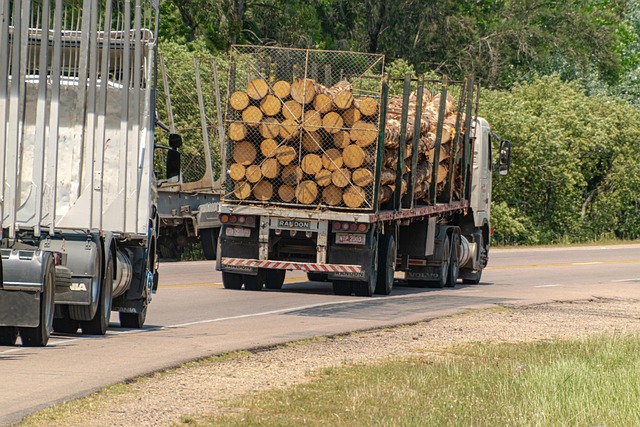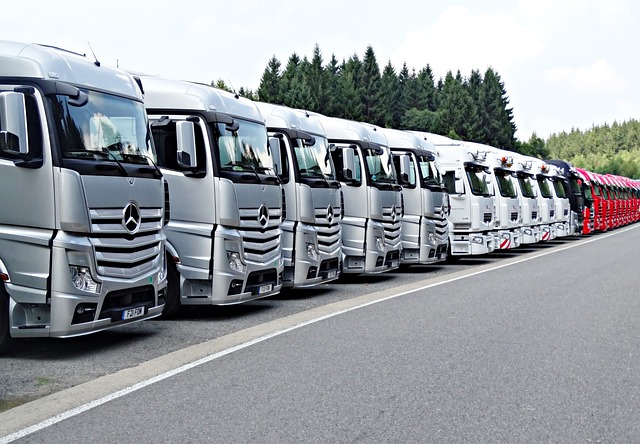Looking to register your car in California? This comprehensive guide breaks down the process step-by-step, from gathering essential documents to using the VIN verifier. Learn how to submit your application, pay fees, and receive your registration certificate and tags. By following these straightforward instructions, you’ll navigate the California car registration process with ease. Don’t forget to utilize the VIN verifier for a smooth and efficient experience.
- Understanding the California Car Registration Process
- Preparing Your Documents for Registration
- Using the VIN Verifier: A Step-by-Step Guide
- Submitting Your Application and Paying Fees
- Receiving Your Registration Certificate and Tags
Understanding the California Car Registration Process

Understanding the California Car Registration Process
Registering a car in California involves several steps that ensure vehicles on the road meet safety and environmental standards. The process begins with gathering essential documents, including proof of ownership, identification, and insurance. Once you have these, you’ll need to visit a California Department of Motor Vehicles (DMV) field office or use their online services for vehicle registration. A key component of this process is verifying the Vehicle Identification Number (VIN). This is where tools like the mobile VIN inspection or mobile VIN verifier come into play, enabling you to confirm your car’s history and ensure all documents are in order before proceeding with registration.
After verification, you’ll complete an application for a California vehicle registration certificate, which includes providing information about your car, such as make, model, year, and emissions compliance. Upon approval, the DMV will issue a registration card, typically valid for one or two years, and possibly a license plate if you haven’t already obtained one from a third party. It’s important to keep these documents updated and readily accessible to avoid penalties and ensure your vehicle remains legally registered in California.
Preparing Your Documents for Registration

Before you start the registration process, it’s crucial to gather and prepare all necessary documents. One key step in this preparation is conducting a Vehicle Identification Number (VIN) verification using a reliable tool like a mobile VIN verifier or inspection service. This ensures that your vehicle’s information matches the data on file with the California Department of Motor Vehicles (DMV). By verifying your car’s VIN, you can avoid any potential issues and streamline the registration process.
The VIN is a unique identifier for your vehicle, akin to its fingerprint. It provides critical details about the make, model, year, and even manufacturing plant of your car. A mobile VIN verifier or inspection service allows you to quickly scan and validate this information from the convenience of your home or even while on the go. This modern approach saves time compared to traditional methods and ensures accuracy in your vehicle’s registration record.
Using the VIN Verifier: A Step-by-Step Guide

Using a VIN Verifier is a crucial step in the car registration process in California. Here’s a straightforward guide to help you navigate this aspect. Begin by obtaining your Vehicle Identification Number (VIN). This unique 17-character code can be found on the vehicle’s certificate of origin, or simply by looking at the vehicle itself – it’s usually etched into the dashboard near the driver’s side door or on the engine block.
Next, utilize a mobile VIN verifier app to verify the vehicle’s history and identity. These apps conduct a comprehensive inspection, checking against national databases to confirm that the VIN is accurate and matches the reported vehicle details. This step is essential for ensuring you’re registering a legitimate vehicle with no outstanding issues. Once your VIN inspection is complete, cross-referenciate any discrepancies or red flags with the California Department of Motor Vehicles (DMV) guidelines to ensure a smooth registration process.
Submitting Your Application and Paying Fees

After you’ve gathered all the required documents and information, it’s time to submit your application. You can do this online or in person at a California Department of Motor Vehicles (DMV) office. If submitting online, make sure to use a secure connection and follow the DMV’s step-by-step instructions. Fill out the necessary forms accurately and completely, providing all the required details and attaching any supporting documents as prompted.
The process involves paying various fees, which can vary depending on your specific circumstances. These may include registration fees, title fees, and other applicable charges. You can typically pay these using a credit card, debit card, or check. For a seamless experience, consider using a mobile vin verifier or mobile vin inspection service to ensure your vehicle’s information is accurate and up-to-date, making the registration process faster and less stressful.
Receiving Your Registration Certificate and Tags

After submitting your application, you’ll receive your Registration Certificate, which is a crucial document that verifies your vehicle’s ownership and registration status in California. Along with this certificate, you’ll also get your vehicle’s license plates, known as tags. These tags need to be displayed on your car at all times while it’s operated on public roads within the state.
The process involves either receiving them directly from the DMV or, for a more convenient option, utilizing a mobile vin inspection or verification service. These services allow you to have a professional perform an efficient and accurate check using your vehicle’s unique VIN (Vehicle Identification Number) as a reference point. This ensures that all documentation is in order and that your car meets the necessary standards before issuing the registration certificate and tags.
Registering a car in California involves several steps, from gathering necessary documents to utilizing the VIN verifier for accurate identification. By following our comprehensive guide, you’ll ensure a smooth process, leading to the successful acquisition of your registration certificate and tags. Remember, a well-prepared application and proper verification are key to avoiding delays and potential issues down the road. Make sure to keep your vehicle’s registration up to date to maintain legal compliance on California’s roads.



